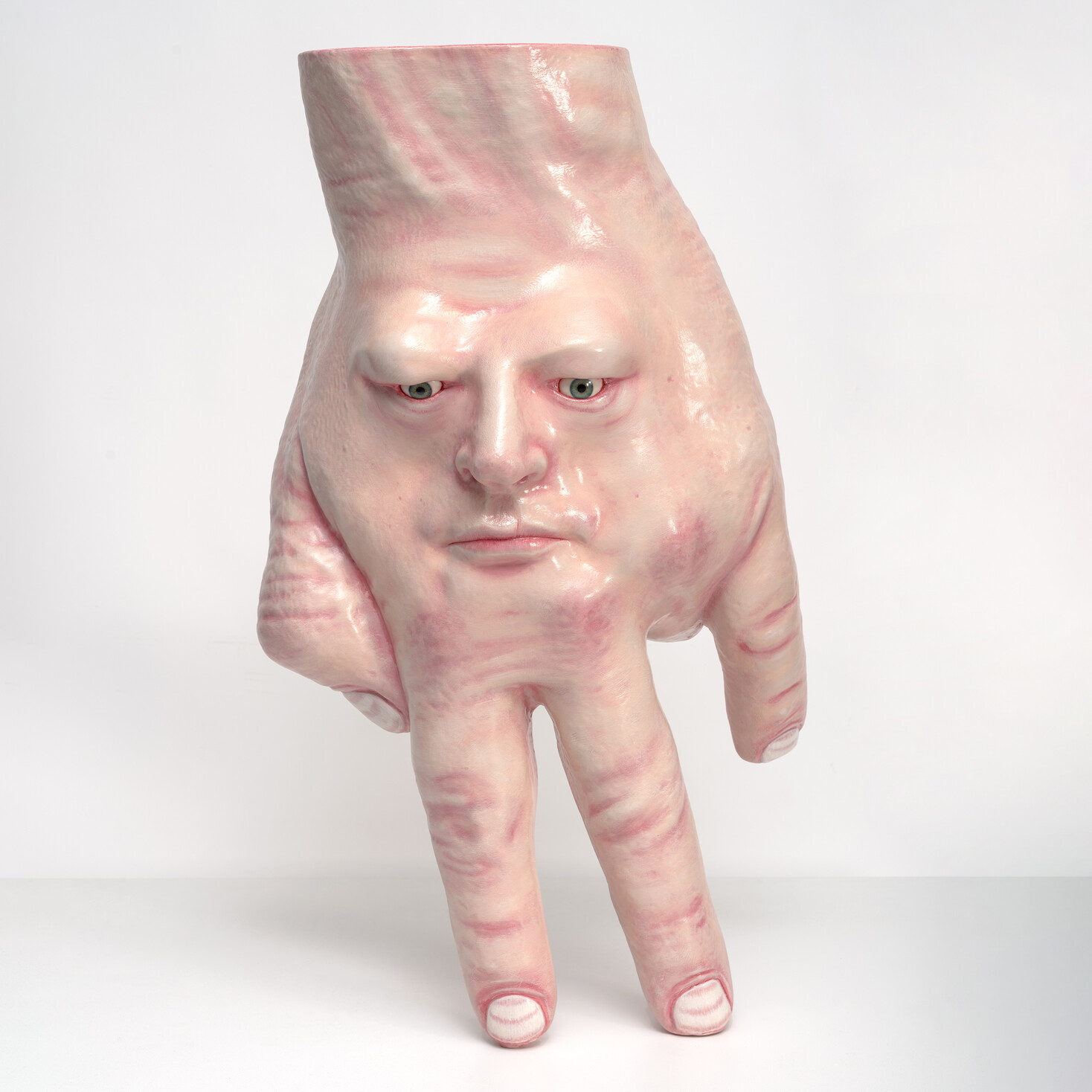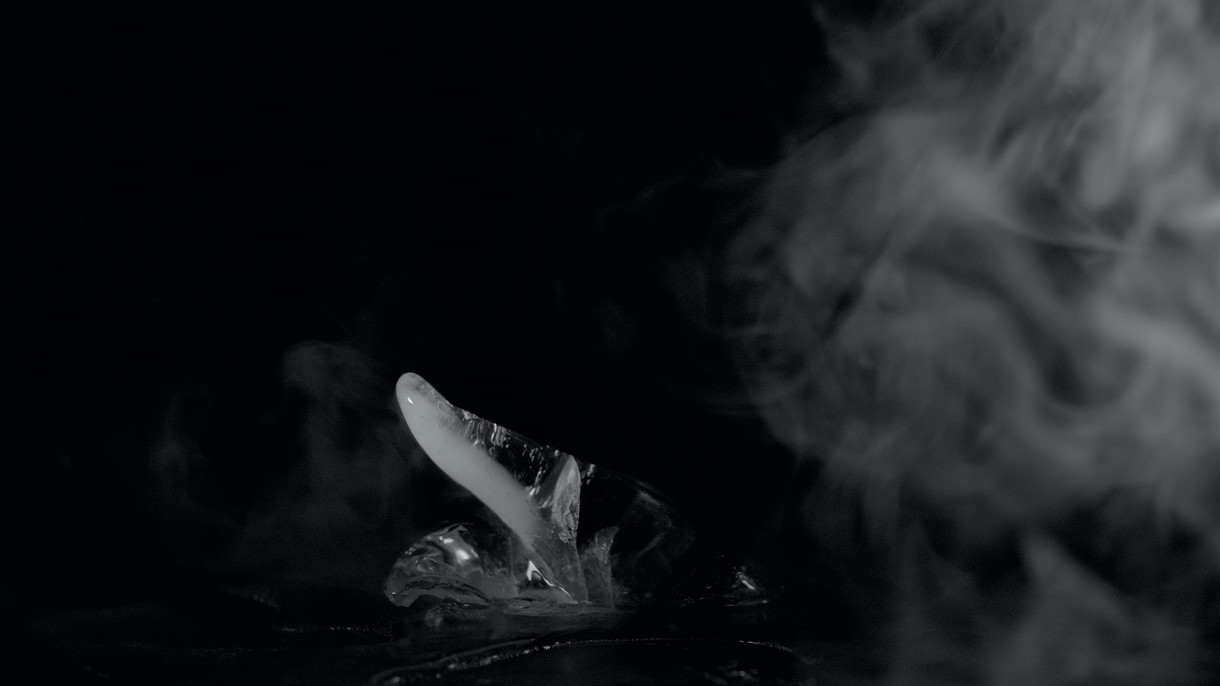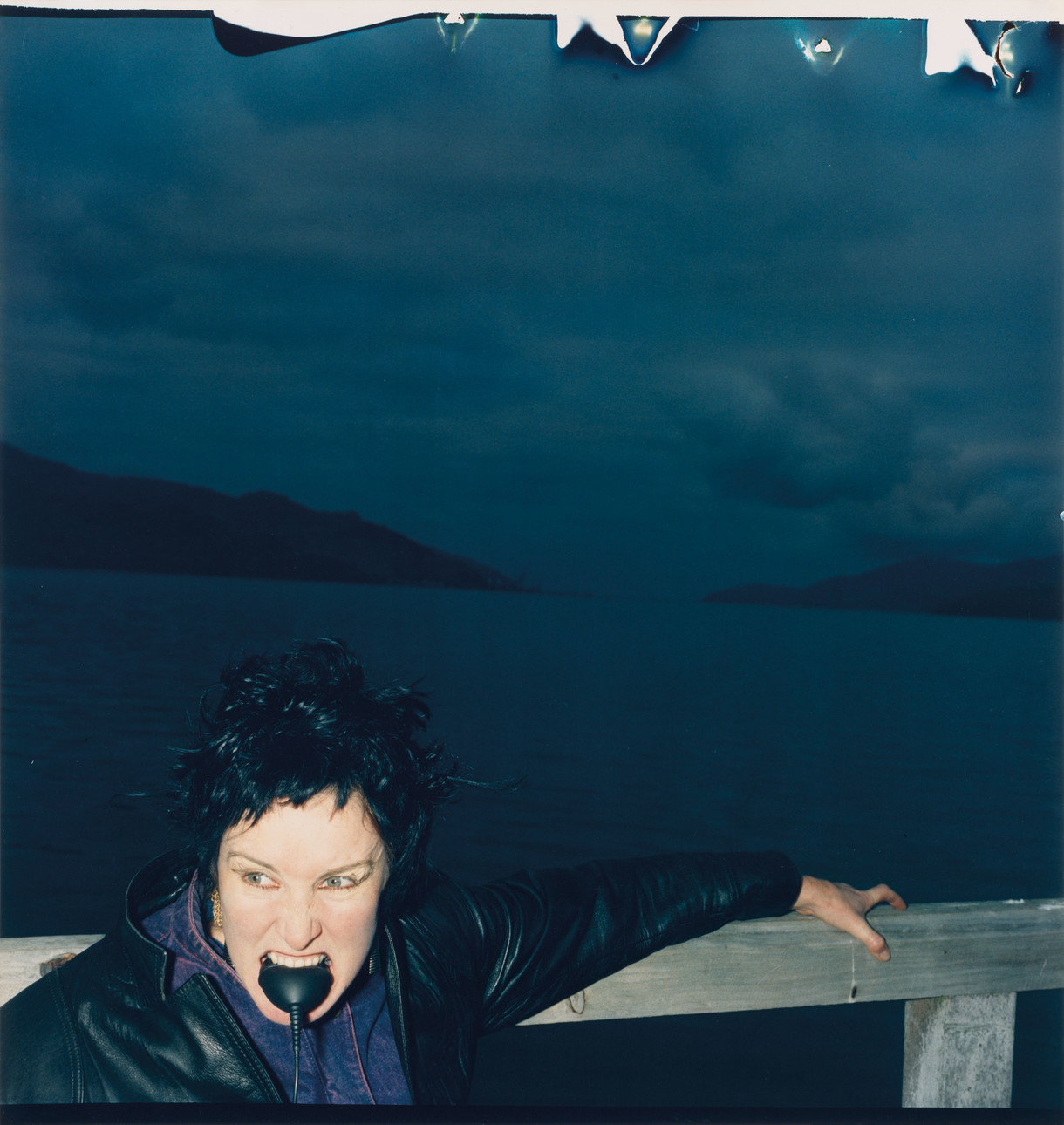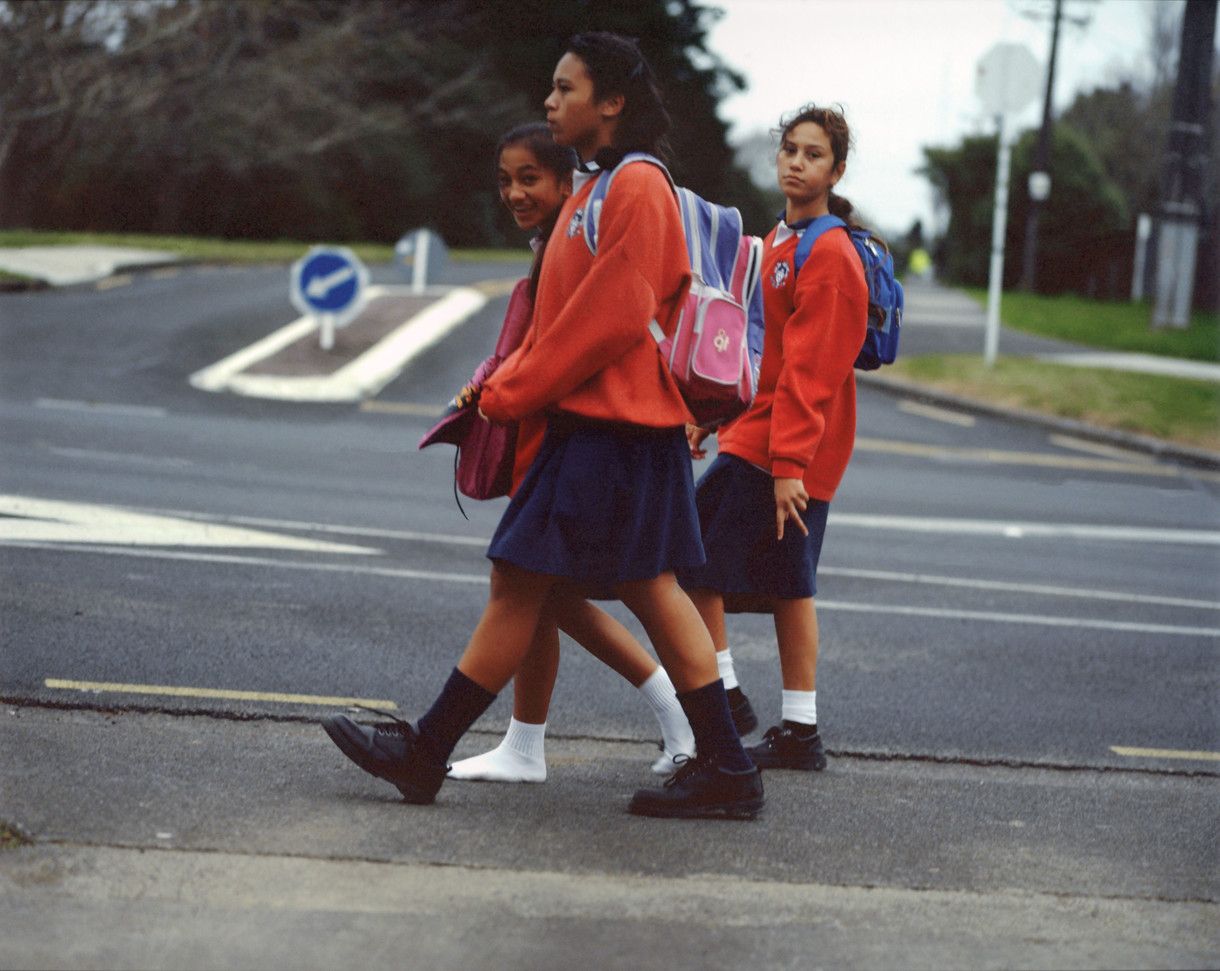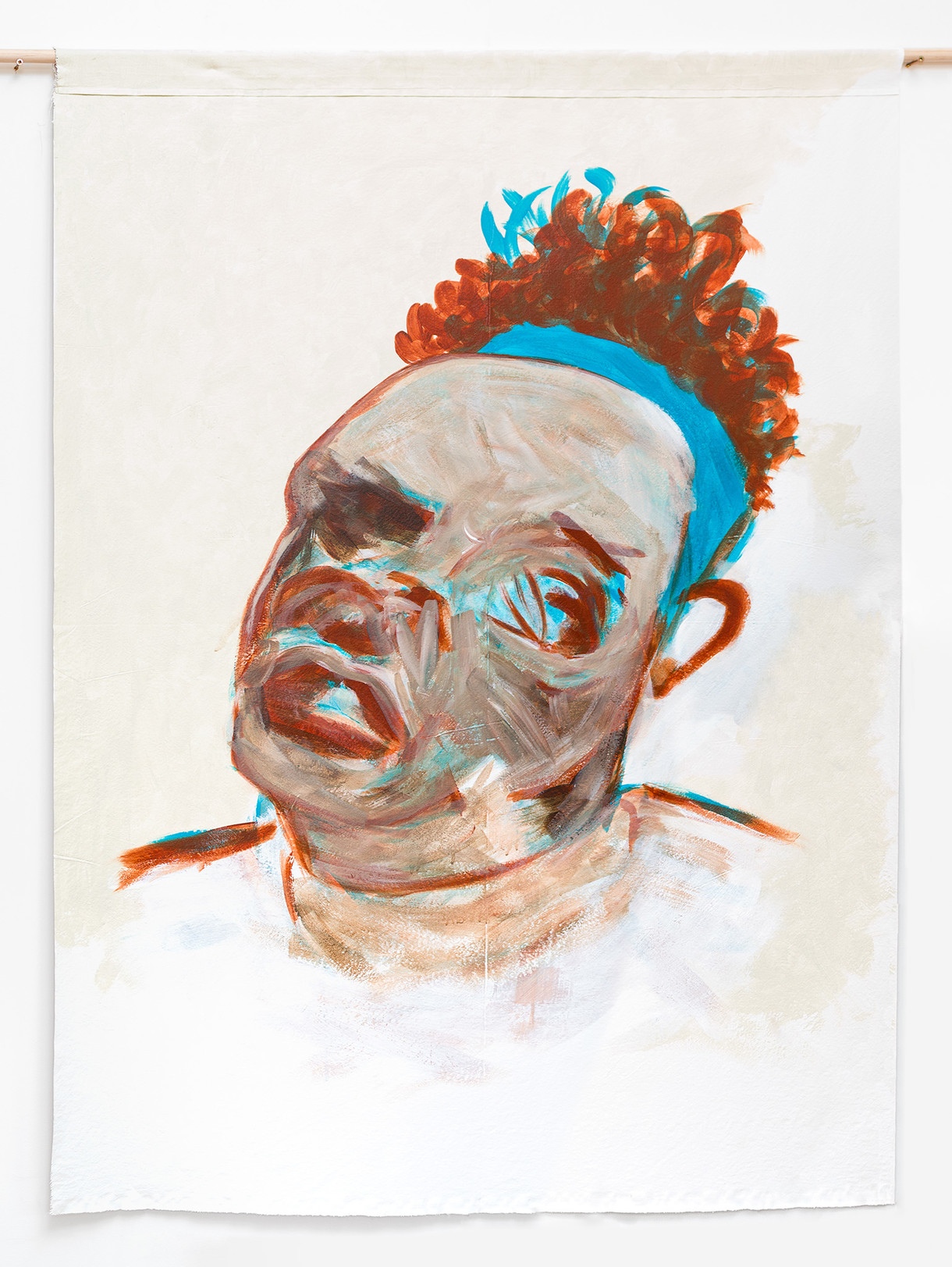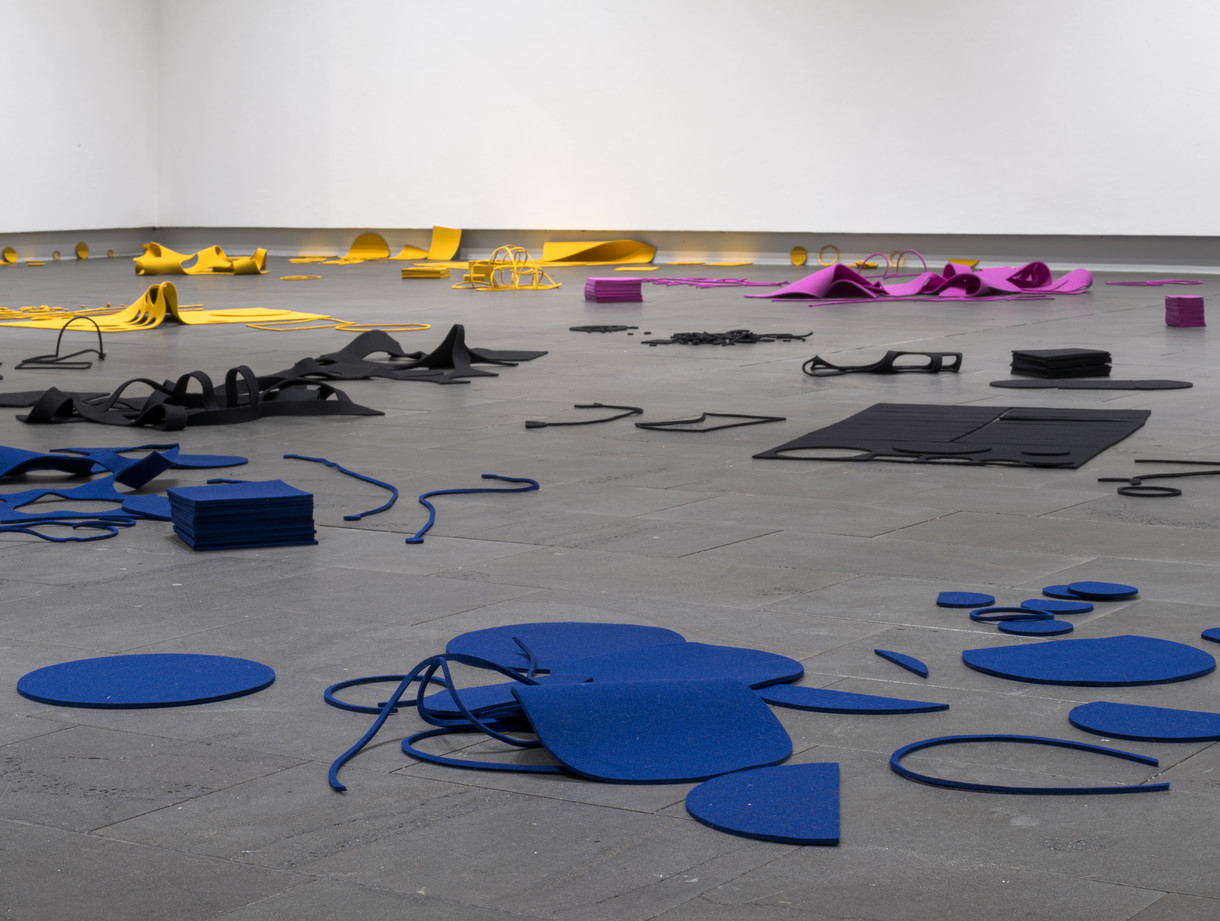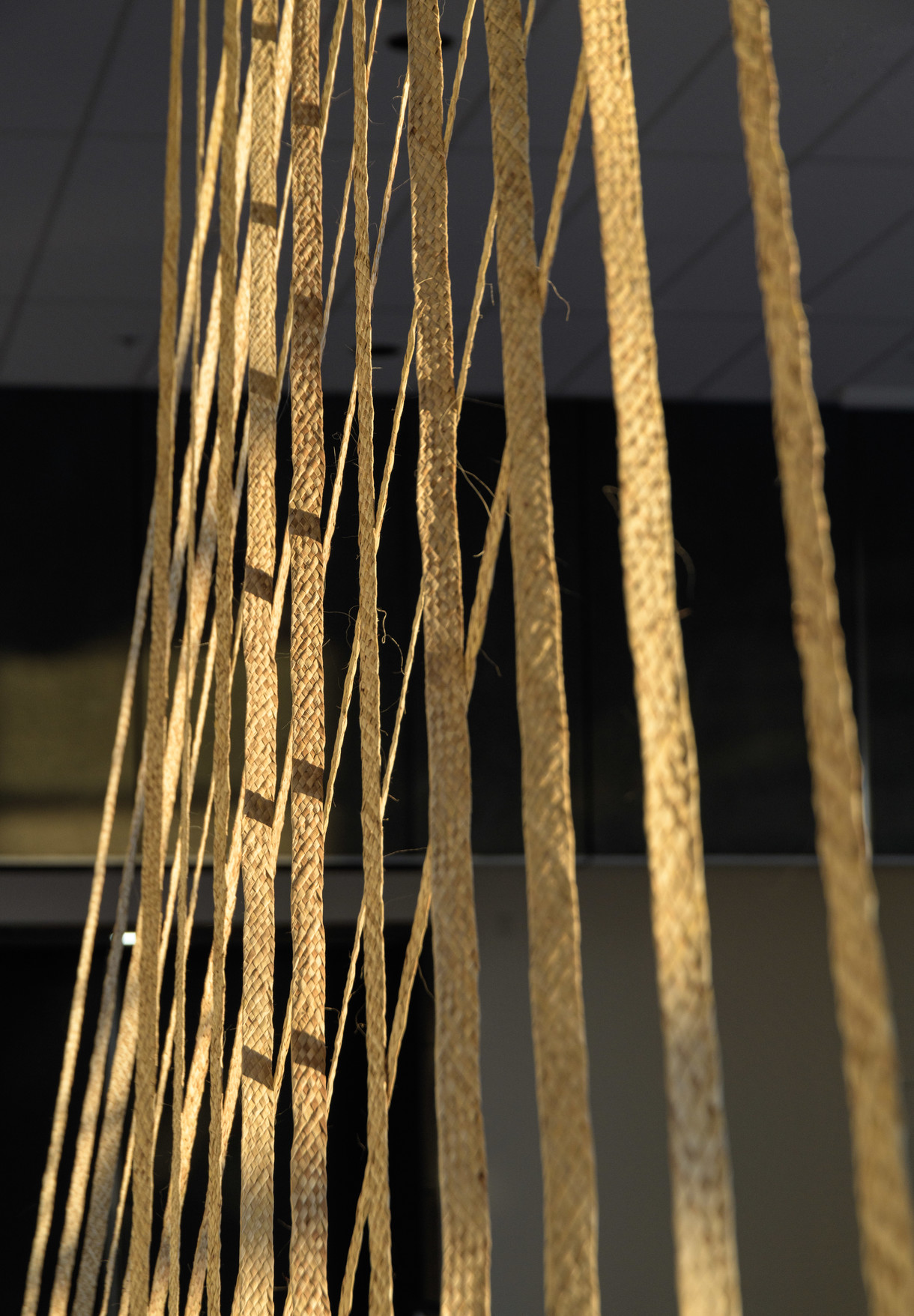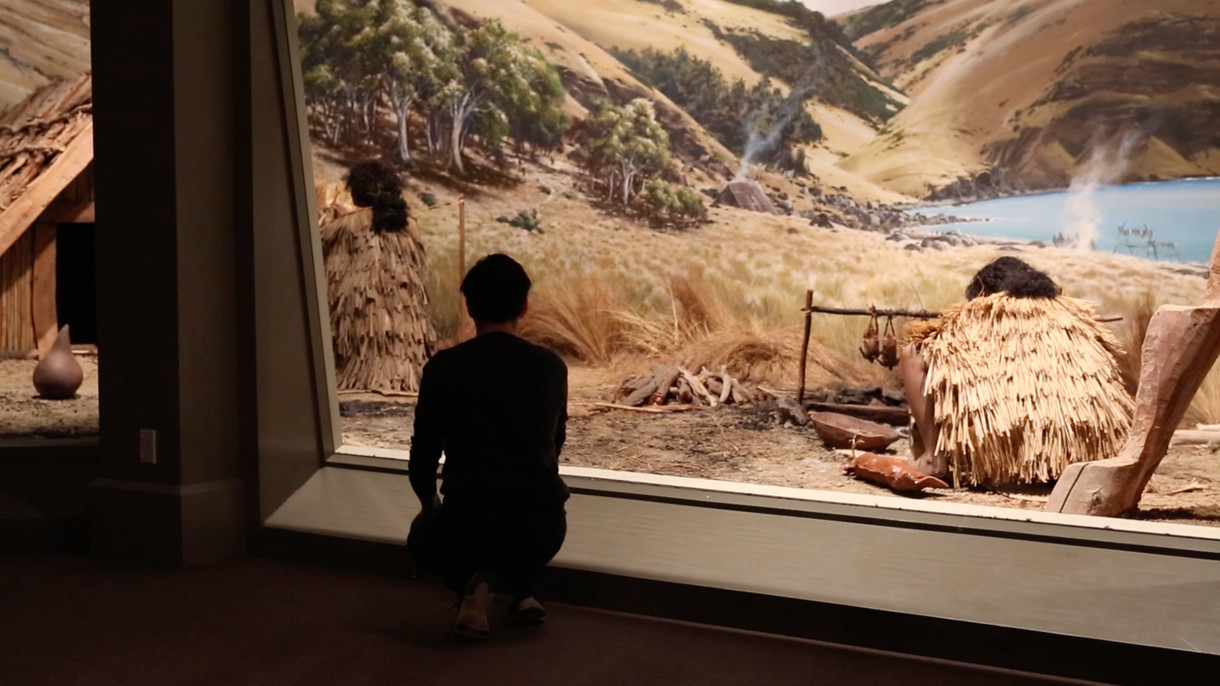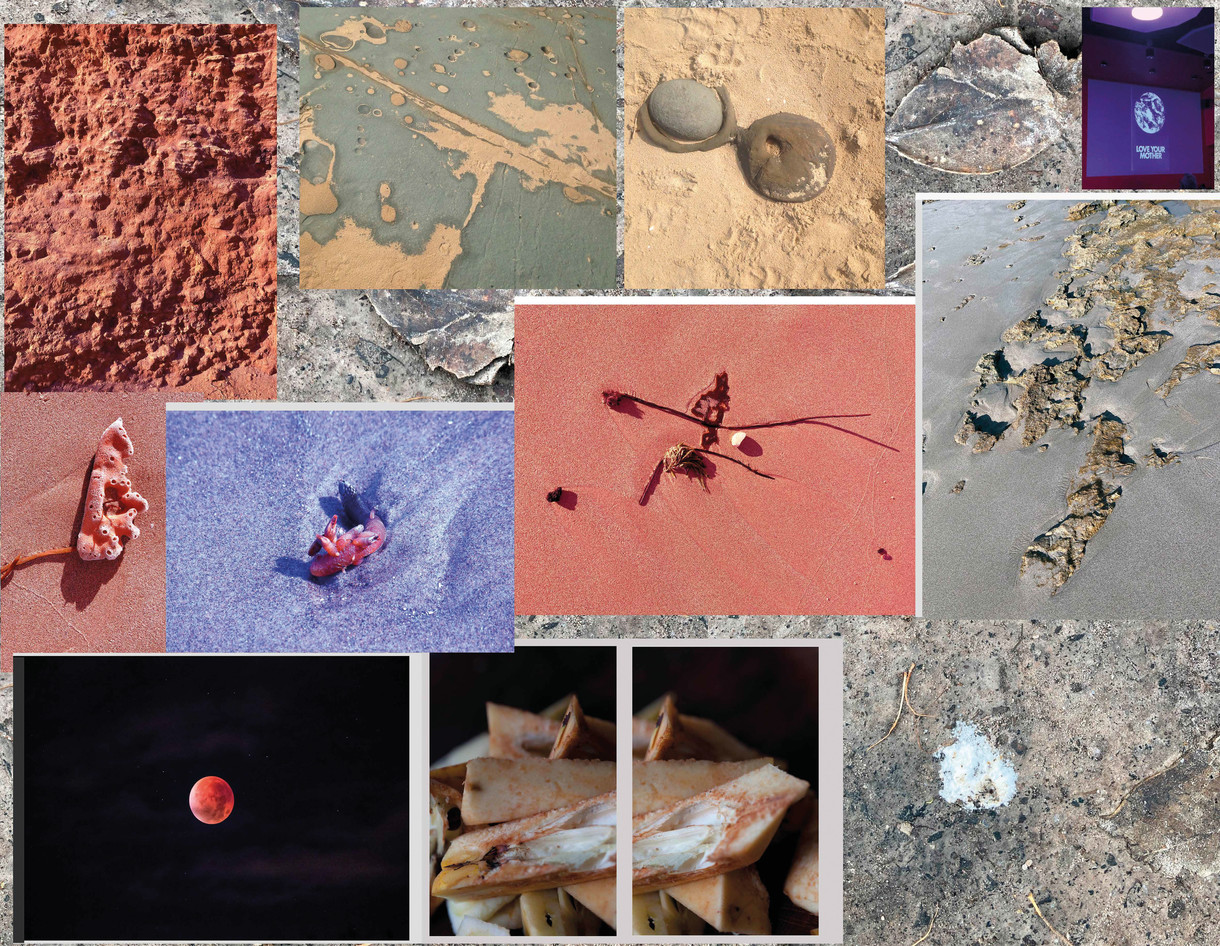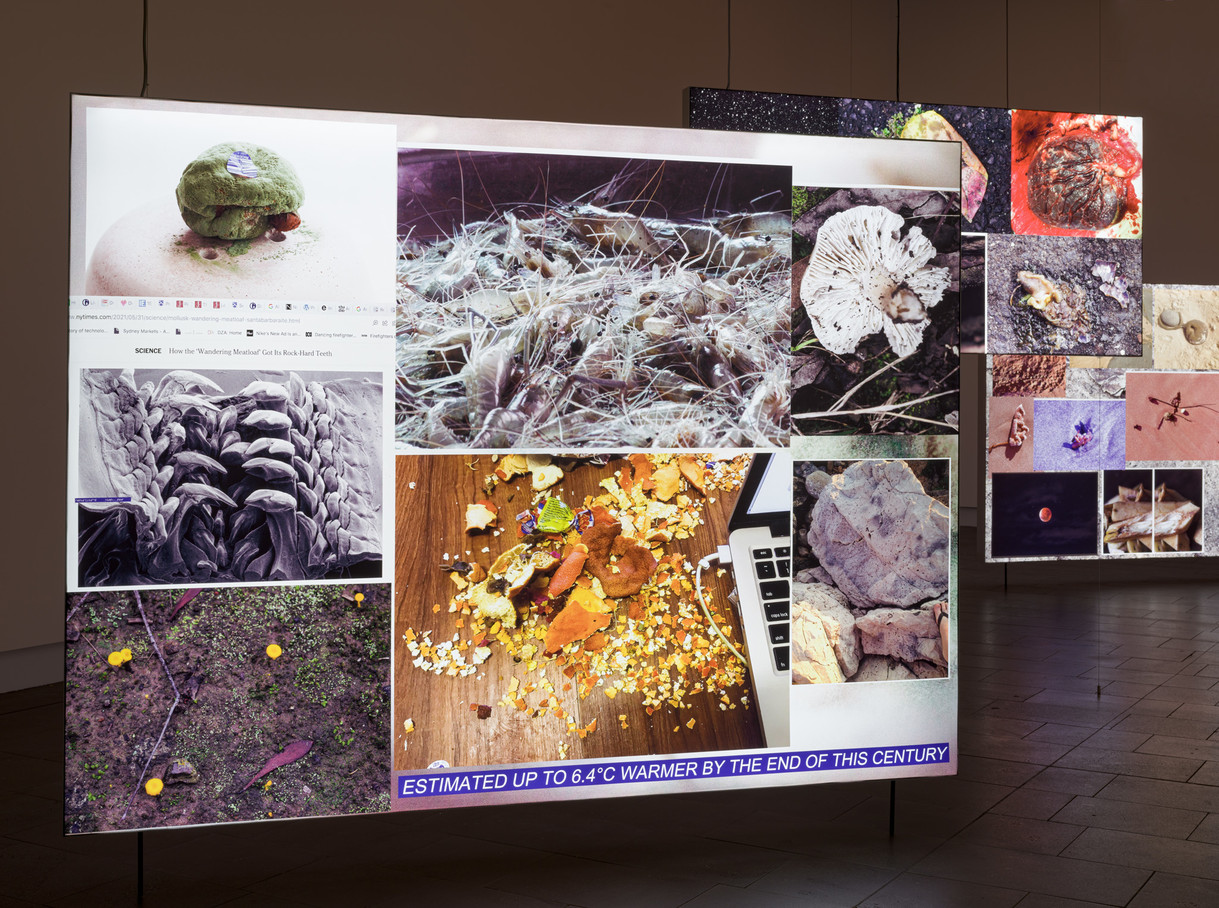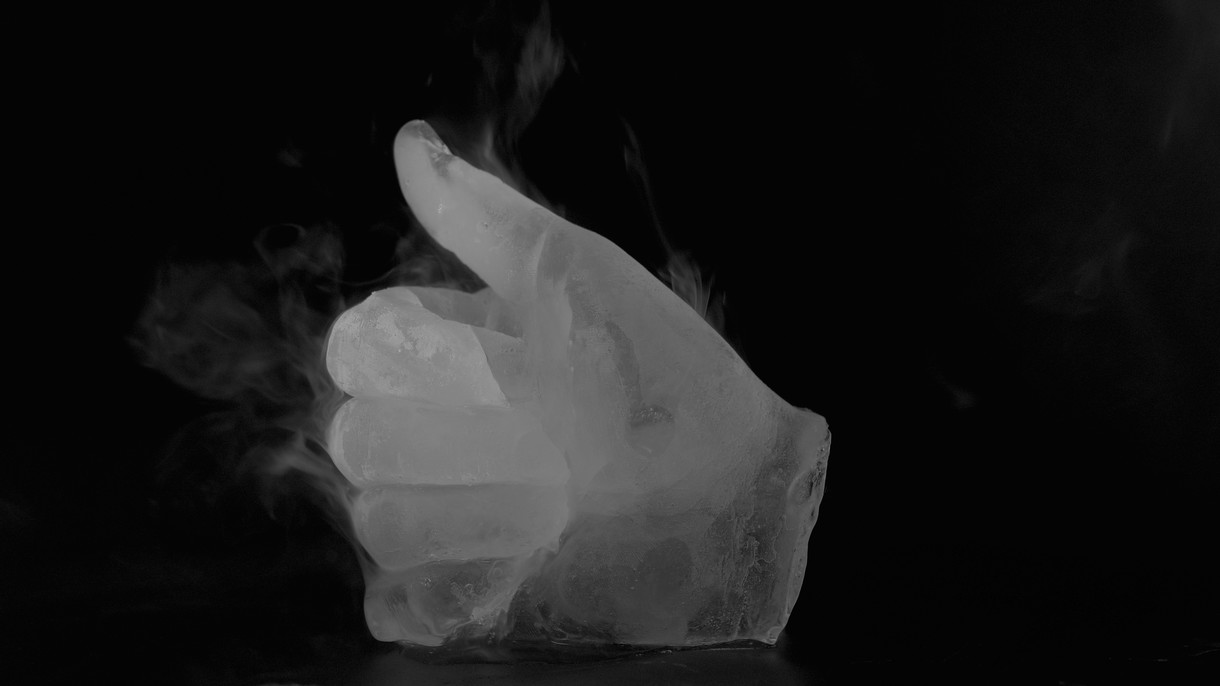What’s On
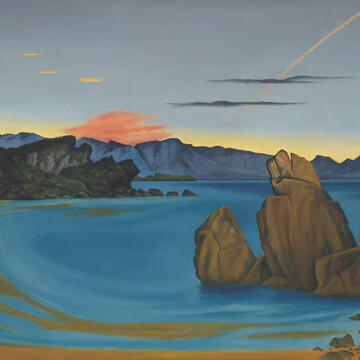
Leo Bensemann: Paradise Garden
A collection of Leo Bensemann’s extraordinary Mohua Golden Bay landscape paintings.
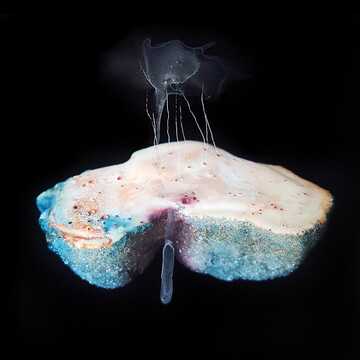
Edwards + Johann: Mutabilities—propositions to an unknown universe
Transformation, unpredictability and magic happen when unrelated worlds meet.
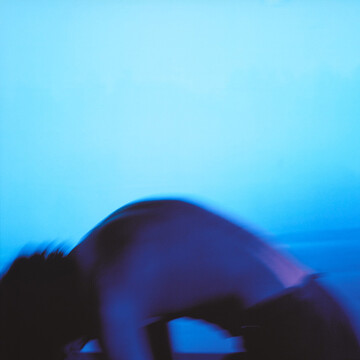
He Kapuka Oneone – A Handful of Soil
Exploring the relationship between tākata and whenua – people and land – through Aotearoa New Zealand’s art history.
Open 7 days, 10am - 5pm
Late night Wednesday until 9pm
Free entry, free wifi
